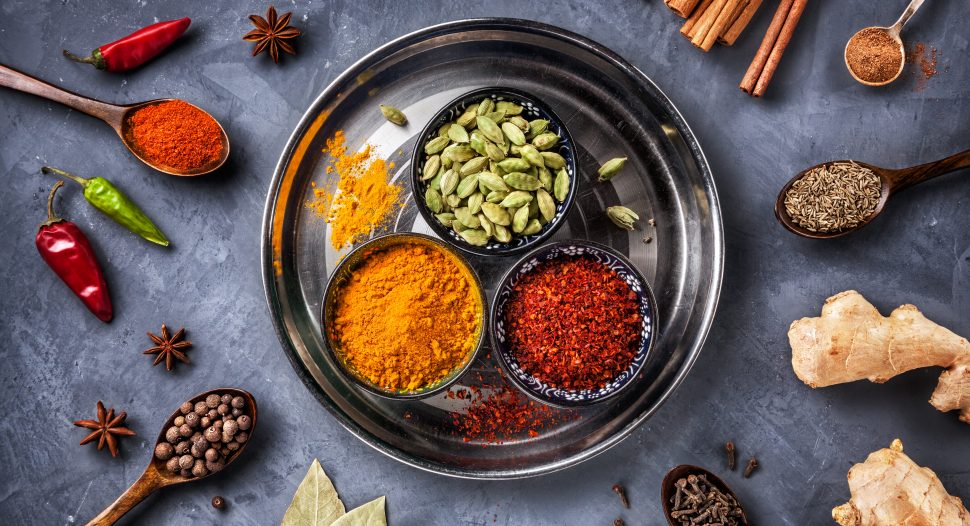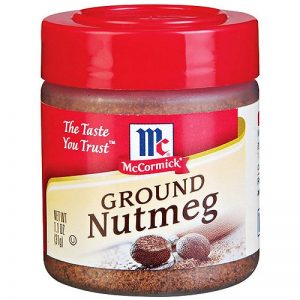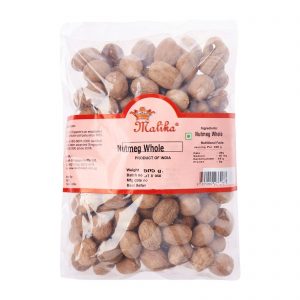Deepavali (4 Nov) is quickly approaching! Also known as the Festival of Lights, it symbolises the triumph of light over darkness, of good over evil.
Deepavali is a key festival observed by the Hindu, Sikh, Jain and some Buddhist communities in Singapore¹. Despite the cosier celebrations this year, however, there will still be endless delectable dishes and desserts to savour.
Keep reading so you can get to know the flavours and 7 herbs & spices at the heart of every Deepavali celebration!
Curry leaves
Curry leaves are native to the Indian curry tree’s (Murraya koenigii) foliage² that can be found in Sri Lanka as well³. In A Historical Dictionary of Indian Food, K T Achaya traces back the use of curry leaves as a seasoning in South Indian cuisine to “early Tamil literature” that “notes the serving of the tender fruit of pomegranate cooked with butter and fragrant curry leaves.”⁴
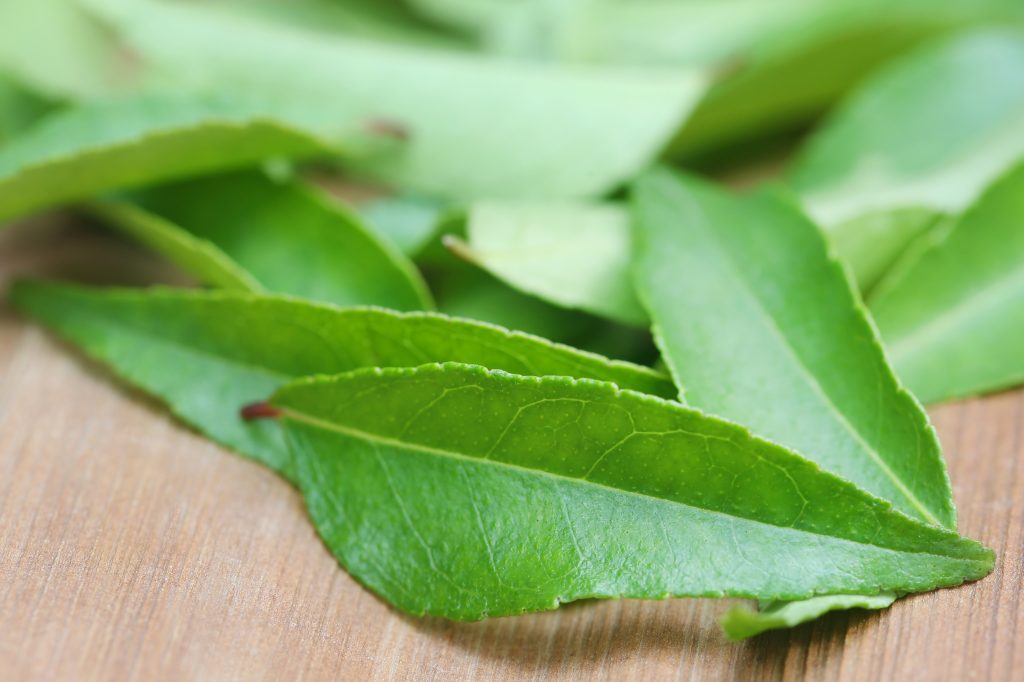
The flavour is in the green and glossy curry leaves, but they are usually not eaten. Instead, they are picked out and pushed to the side of the plate! If you’re new to curry leaves, experiment boldly — try swirling them into dips or a dal for extra crunch or sautéing them with vegetables and potatoes. Crushed and fried curry leaves also make an aromatic garnish on soup, stews or even popcorn to spice up a movie night!
Get adventurous with curry leaves and whip up this Black Pepper Mutton, a dish usually preferred in South Indian regions.
Cardamom
Not a herb, but a spice that’s also native to the Indian subcontinent — cardamom can be found in a variety of sweet and savoury dishes. You’ll be able to find cardamom in its various forms to spice up sweet drinks like lassi and desserts like payasam, a rice pudding from South India and kheer, from up north.
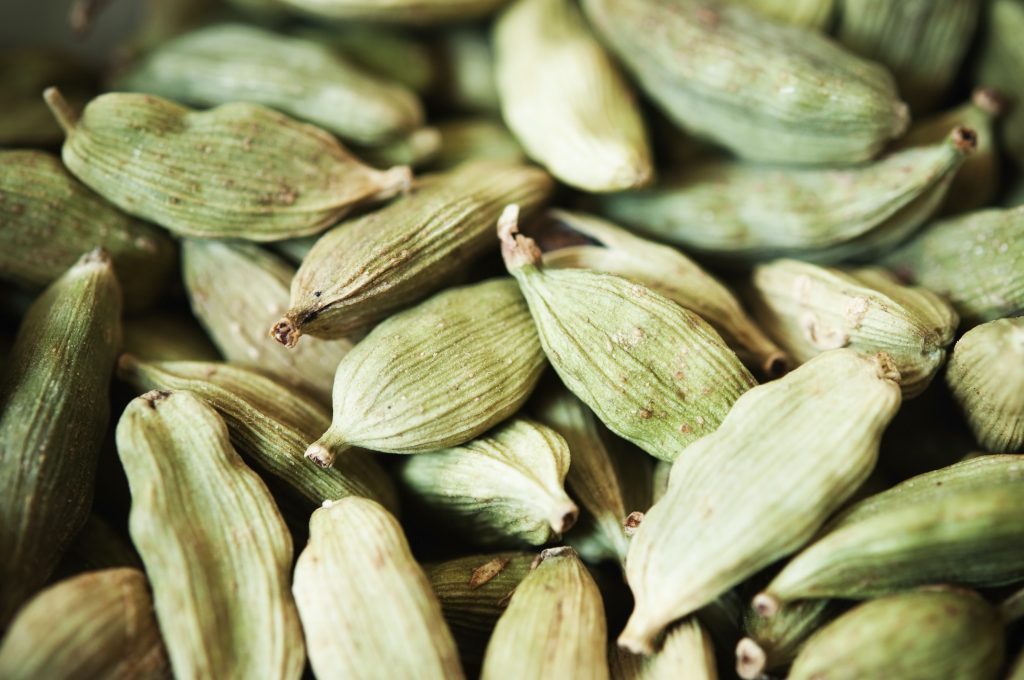
There are two main types of cardamom: green cardamom (Elettaria cardamom) and black cardamom (Amomum subulatum). The former is mostly used in Nordic and Middle Eastern cuisine, while recipes in India and wider Asia will specify if the recipe calls for one or the other⁵.
You can purchase whole or ground cardamom easily to cook with. For starters, try it in this refreshing Mango Lassi for a spice kick that will definitely leave you craving for more!
Saffron
High-quality saffron can cost over 10,000 per kilogram! Known as zaffran or kesar, saffron is considered one of the most expensive spices in the world⁶. This is because saffron is from the Crocus sativus which has three small red stigmas and roughly 0.006 grams can only be harvested from each flower⁷. It’s delicate work that can never be replaced by a machine.
Saffron has a subtle, yet unmistakable earthy and grassy flavour. The best way to use them is to steep them in a warm liquid such as milk, stock or wine for a few minutes. You can add the saffron-infused liquid to the dish towards the end of cooking!
One gram of high-quality threads is all you need for any recipe:
Saffron is incredibly versatile and can be used in both sweet and savoury dishes. Try it in this creamy Gulab Jamun Parfait for a traditional sweet treat with a twist!
Garam masala
Curry is undoubtedly a staple across India, and you’ll find many variations of it eaten during Deepavali as it’s celebrated across the region. Its use in recipes date back to the 17th century¹⁰ and the ingredients and proportions vary greatly. Despite not being overly fiery, garam masala is commonly used in curries—particularly in North Indian cuisine¹¹.
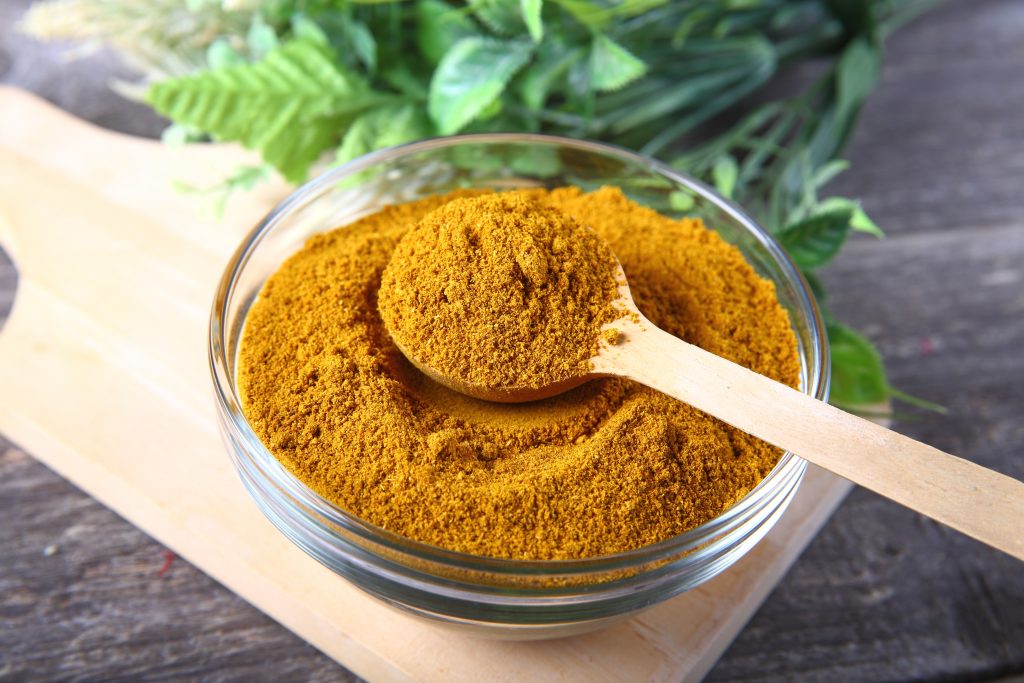
The warmth of garam masala comes from the black pepper, with a sweetness from its underlying floral notes. It’s not spicy and is usually added at the end of cooking so that it not only seasons the dish, but adds to the aroma. It pairs well with meat and fish, as well as plant-based dishes based on legumes and vegetables. Its warm and fragrant flavour adds depth to soups, stews and curries galore!
Curry favour with everyone this Deepavali with Air-Fryer Onion Pakora, a twist on a traditional favourite! The mint and coriander raita dip will cool it down for anyone that can’t handle the heat.
Coriander seeds
Coriander seeds aren’t the same as fresh cilantra. It’s coriander seeds that fresh cilantro sprout and flower from!
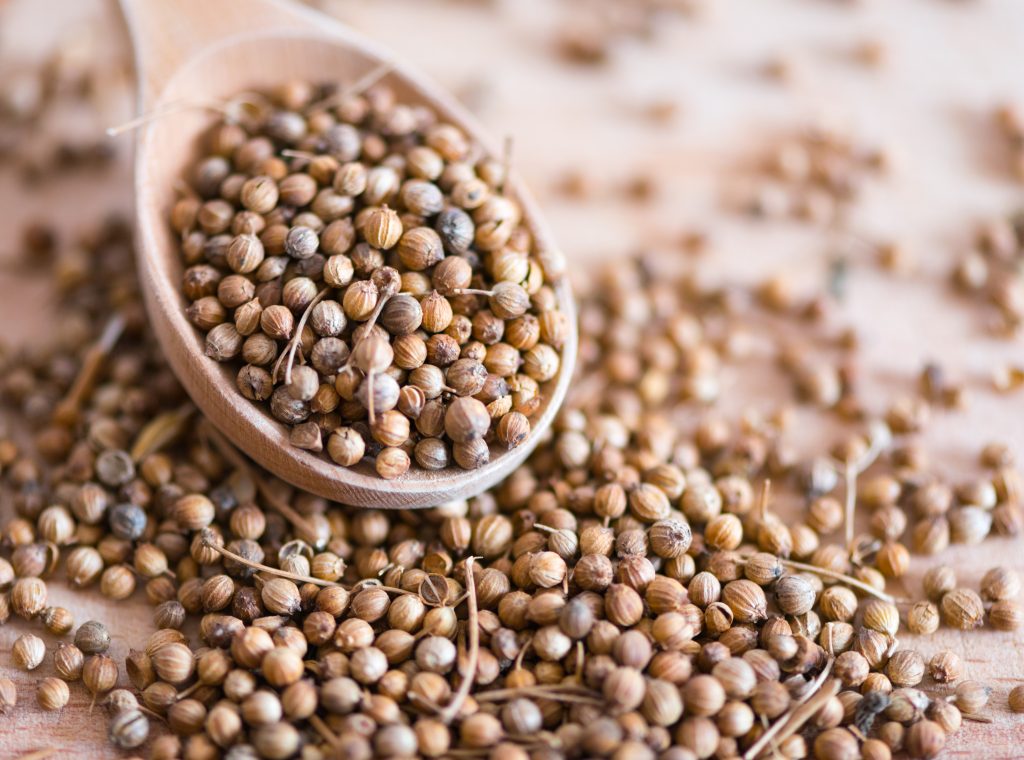
Coriander seeds are the small and sphere-shaped dried fruit of the cilantro plant¹² that’s commonly used whole or gently crushed in South Indian cooking. Its name varies across regions, too: it’s called “vara kothamalli” (dry coriander) in Tamil, “dhaniyalu” in Telugu, and “dhania” in Hindi¹³.
It tastes bitter on its own, but plays nicely with the flavours of other spices in Indian dishes. Try buying them whole such as these Ooty Coriander Seeds and Malika Coriander Seeds and crush them that way to enhance the flavour greatly!
Nutmeg
The origins of nutmeg date all the way back to 1512 in the Banda Islands of Indonesia, where they were discovered by the Portuguese. Back then, they were mostly used in Mughlai cuisines and biryanis¹⁴! Nutmeg is is now referred to as “Jaiphal”¹⁵ across India. It’s used largely in South Indian cooking — grated whole with a sharp knife, smashed into larger chunks or used in a “taarka” step¹⁵. You may also spot it in the recipes of many other dishes served during Deepavali!
Whether you choose to go with ground or whole nutmeg, they are both incredibly aromatic and add a warm, nutty flavour to any dish:
Ease into using this spice in your cooking with ground nutmeg. Go nuts for it in this Mutton Korma with Saffron Rice. It makes for a fragrant and deeply comforting complete meal!
We hope this list has introduced you to a new spice or herb and inspired you to spice up your cooking. To all our readers celebrating Deepavali, we hope you have the best day with your loved ones. Remember to stuff yourself silly but more importantly, stay safe and observe social distancing restrictions even in your home!
***
References:
¹ Utomo, D 2020, The ultimate guide to Deepavali in Singapore, TimeOut, viewed 20 September 2021
² Kubala, J 2020, 9 benefits and uses of curry leaves, Healthline Media, viewed 20 September 2021
³ MasterClass 2021, What are curry leaves? How to use curry leaves in cooking, viewed 20 September 2021
⁴ Balasubramaniam, C 2016, Beyond spice, DownToEarth, viewed 20 September 2021
⁵ Alfaro, D 2021, What is cardamom?, The Spruce Eats, viewed 20 September 2021
⁶ Sanjay & Co 2021, Popular Indian recipes with saffron, tarladalal.com, viewed 20 September 2021
⁷ Floyd, C 2020, Real saffron can cost you over $10,000 per kilo. Here’s what makes it so expensive, Business Insider, viewed 21 September 2021
⁸ Selected Saffron, Diwali and the significance of saffron in Indian culture, viewed 21 September 2021
⁹ Dreams Fauxfilled Artistic Finishes 2017, Color series – the significance of saffron color in India, viewed 21 September 2021
¹⁰ Boomer 2011, Diwali delight, part one… make your own garam masala. Domesticated Dad, viewed 21 September 2021
¹¹ Trombly O’Brien, K 2021, What is garam masala? Here’s what you need to know about the spice blend, The Pioneer Woman, viewed 21 September 2021
¹² Big Apple Curry 2013, Spice spotlight: coriander, Ina Kota, viewed 22 September 2021
¹³ Muralidhar, S 2020, Coriander seeds in Indian cooking, Pepper Bowl, viewed 22 September 2021
¹⁴ Urban Tandoor 2019, 7 Indian spices that are indispensable for Indian cooking, viewed 24 September 2021
¹⁵ Deep Gupta, A & Rajpurohit, D 2011, Antioxidant and antimicrobial activity of nutmeg (Myristica fragrans), Nuts and Seeds in Health and Disease Prevention, viewed 23 September 2021
¹⁶ Urban Tandoor 2019, 7 Indian spices that are indispensable for Indian cooking, viewed 24 September 2021
